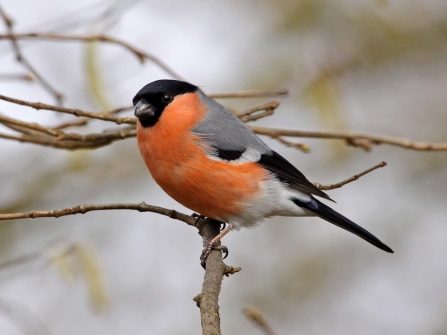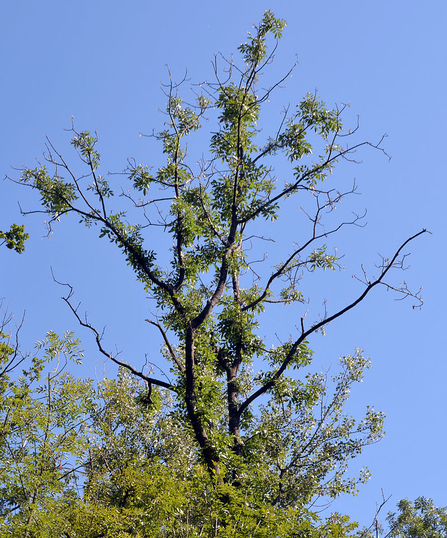Spring is in the air and Finemere Wood is coming to life. Warming yellows are the first colour to catch the eye: pretty, pale yellow primroses bursting into bloom, lemony-yellow brimstone butterflies flitting effortlessly by. These are such welcome sights after the gloom and colourlessness of the winter months.
The volunteers met in the gentle March sunshine to tidy up their winter mess, dealing with the piles of wood that have accumulated during the recent scrub clearance activities.
A fire was built and potatoes set to bake, a Finemere Wood delicacy. For today we must celebrate Pete (BBOWT's Reserves Officer for North Buckinghamshire), who is leaving us as his career progresses upwards.



